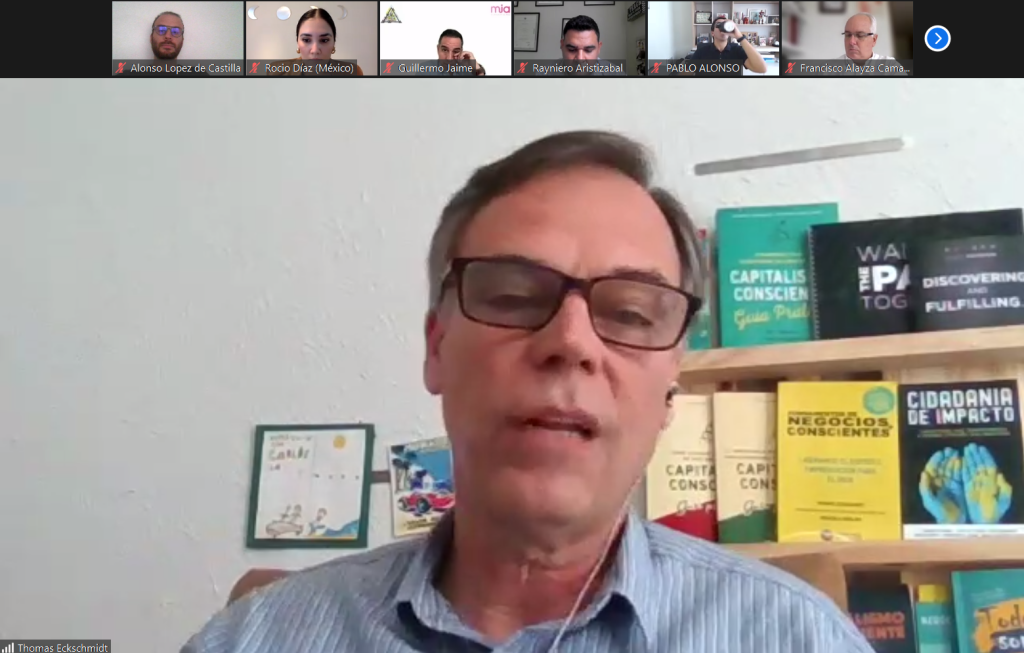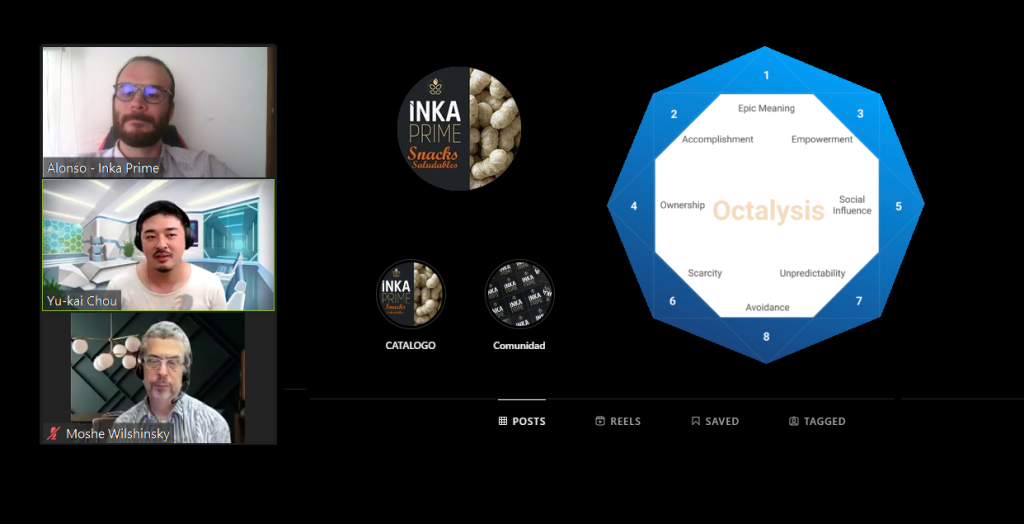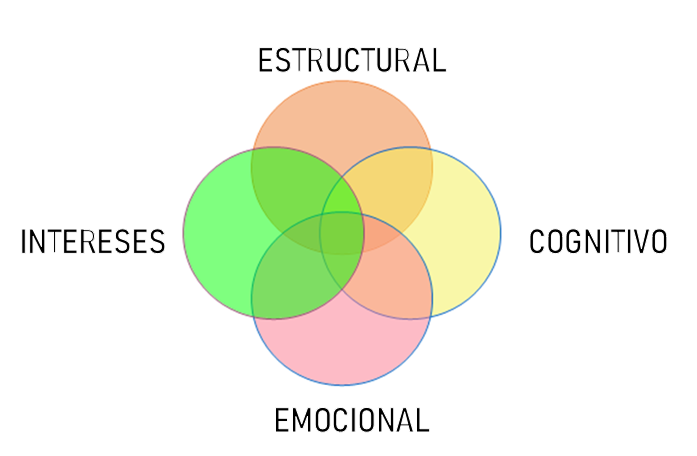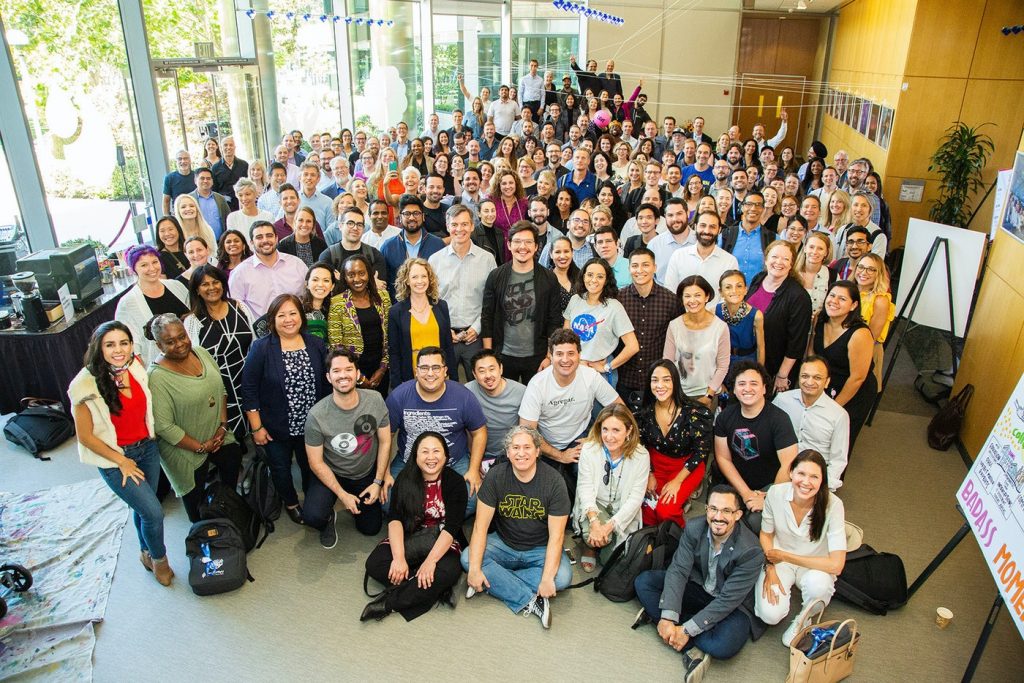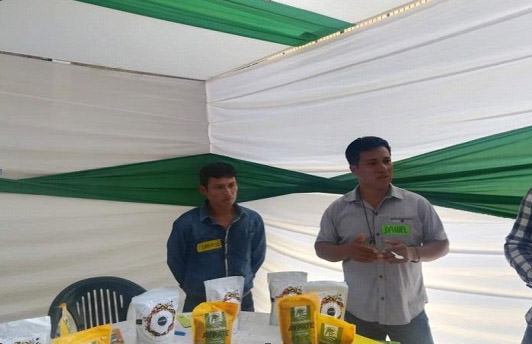This paper is focused on the meaning of efficiency for NGOs, and how could it be improved. On the way, we will also see how this is not based in the same terms as private and public logics. Moreover, NGOs depend on their donors that even though are helping developing countries, have their own agenda. Following this train of thought, a new model that considers the interaction between private and public actors emerges: The Shared value strategy.
Most researchers propose ways to make aid more efficient, but donors have their own logic. Therefore, there must be a way in which receivers can participate in the process of development to change the same vicious cycle, where different actors can work together for mutual gain.
In the discussion of efficiency, in the dichotomy between public and private spheres we find classic authors like Taylor that promoted the Scientific management for public administration. He considers that the principles applied to private sector should be considered equally because of its discipline in the use of resources and its consumer driven focus. On the other hand, we have Appleby who said that public affairs are different from businesses because of their breadth of scope and its public accountability going beyond profits.
Non-profits measure their performance in a different way, there are further distinctions because of their logic. For example, less impact per client could produce a greater social good. This can happen because Non-profits are focused on impacts towards change. According to Forti, this is because they reach a more underserved population. They enhance the rigor of measurement, they widen their lens, and they create their own competition. This can be explained as they need a more nuanced understanding of why and how their impact could fluctuate over time.
Furthermore, researchers like Seibel talk about the successful failure, proposing that sometimes NGOs prefer symbolic problem solving before high performance. For these organizations, it is not about acquiring measurable objectives more efficiently by processes based on profit. but to change the dynamics between society, public, and private sectors supported by their networks, removing barriers that prevent capacities from developing.
If the efficiency of NGOs is measured in such a subjective way, how could we evaluate their performance? According to Charity navigator, America’s largest independent inspector of Non-profits, the majority of NGOs are making efforts in improving their performance, however their controls are limited. While donors are demanding outcome reports its clear that they are not willing to pay the added costs associated to those systems.
In Asociacion Valor Publico, organization which I am part of, we measure performance by a cyclical continuation of steps composed of: planning, alignment, execution, monitoring and measuring, analyzing, and action. This interaction is motivated by results based management, cooperation, and innovation. Another model to consider is Fowler’s Learning spiral, composed by: action, reflection (and reflection on reflection), learning, and planning. In a continuous cycle, the next reflection after “action” has the benefit of being able to look back and down on the previous reflection in a cumulative process.
Mechanics like this could work for a while, but as we saw before it’s not enough to search for processual differences and make adjustments because the constituency logic of NGOs are different, starting with the fact that they need donors. As Anderson, Brown, and Jean propose in their book, “Time to Listen,” the same receivers of aid in poor countries feel that the money is not being well spent. What they don’t consider is that this is not a problem of efficiency but that the donors need to maintain some kind of dependence to propagate their influence.
What those authors said well is that there are not universal blue prints promoting good governance for development. This should make us wonder:
Could there be a way to awaken motivation in donors in order to cause them to think about sustainable development?
As things are now there is no real incentive for this; donors are important for poor countries, that’s not in discussion, but nothing seems to change their modus operandi about their way of thinking. It is well known that the current funding system is ineffective, forcing NGOs to spend considerably more time and energy than they should trying to stay alive instead of focusing on actualizing their missions.
Therefore, only a disruptive idea could change our current dynamics, breaking a paradigm as an approach that is accompanied by a set of beliefs entailing an entire world view. In this scenario, World Bank’s initiatives about harmonization and alignment seem just better ways to achieve the same means. As Einstein once said: “We cannot solve our problems with the same thinking we used when we created them.”
INGOs are currently in transition, faced with disruptions from new development actors, stagnant public budgets, and high opportunity costs to pursue innovation. They are looking for opportunities to both address funding needs and explore new pathways to creating sustainable impact at scale. The role of NGOs in this new globalized scenario, should be using their expertise and networking, to mediate and support the different private, public and civil actors.
Five years ago, Michael Porter thought about a new way to reshape capitalism by a Shared value strategy, where businesses work together with countries and civil society. This theory was based on ideas of previous gurus like CK Prahalad, with development principles like support for innovation, facilitation of communication, training, research and monitoring, and advocating for and with the poor.
In this Shared value strategy, businesses promote models of participative development, but countries make the rules and monitor the evolution of the practices. While civil society actively participates in the processes, making profits for the companies and for themselves, while creating more cohesive communities. In this dynamic, NGOs can have important roles as mediators, towards a collaborative governance.
A good example regarding distribution happened in a poor rural zone in India, where Unilever with its Project Shakti changed the systems of product delivery from trucks to mostly native women. With this the company gave access to hygiene, microcredits and capacitation to 45,000 entrepreneurs that could double the income of their homes and get to know people from different towns, spreading knowledge and opportunities, while stretching their connections and sharing their culture. This initiative impacted the life of 100,000 towns in 15 states, representing 5% of the company’s national assets, while helping to reduce pollution.
Other brands are already trying these strategies with success, like General Electric, Nestlé, or Johnson & Johnson. Companies can create shared value in three ways: reconceiving the products and markets, redefining productivity in the value chain, and strengthening local clusters. It’s also precise to underline the social necessities of a particular group of people and the competitive advantages that could bring resolve them.
A Shared value strategy should not seek to replace public development policies or international aids, but to complement with them, trying to create a virtuous cycle. A dynamic in which every sector should have a particular role in an organic system. For this reason, I believe that by empowering the receivers of aid we can achieve a sustainable development in a win-win perspective.
Four years ago, I had the opportunity to interview, for a Latin-American magazine, one of the most important young economists for development, Parag Khanna. He wrote a book called “How to Run the world”, based in a new way of thinking about international relations. He propose that the age of nations is over and today’s world look more like islands of governance, based on cities and not in countries. Where international and local actors work side by side based on goals. As much as I could disagree with some of these ideas because of sovereignty issues, there is a very important concept that is being repeated towards these researchers: Cooperation.
So, what is cooperation besides the obvious meaning? For Brown, there are four main factors to create real collaborative energy: Reach in all directions what people is passionate about; integrate energy and activities into collaborative strategy; connect people, parts, and pieces that will benefit each other; and serve people, their collaborative initiatives and the organization above their own concerns.
To work in cooperation is also important to acknowledge that we are part of a system, and that each system is not only compound by subsystems, but represents a subsystem of broader system. Furthermore, each system is constituted by structures, patterns, and events. This means that in order to change a structure we should change our events, in the same way that we need to analyze a structure to understand its patterns.
As a framework in which we can apply all this important input we can find research about cross-boundary collaboration. Agranoff has identified several potential benefits related, including improved coordination of activities, better leveraging and pooling of resources, increased social capital, enhanced conflict management, improved knowledge management, increased risk-sharing in policy experimentation, and increased policy compliance.
Moreover, we can also find research about Collaborative governments, and a good example of this is the work of Tina Nabatchi and Kirk Emerson. They say that Collaborative government regimes (CGR) need three dimensions of analysis: Efficacy of actions, externally perceived legitimacy of outcomes, and viability of adaptation. They also explain that CGR have to interact with two other units of analysis: The participant organizations and the target goals. This, through three levels of performance to achieve sustainability: Actions, outcomes, and adaptation.
Nevertheless, Professor Emerson told me that collaboration cost a lot because of the implementation transactions, and that it’s not often implemented because it takes a lot of time and many ideas. Concluding that: “It is one of those things that people don’t talk about.”
So, what should be done in this scenario?
Even though we have some answers, it seems that the development ecosystem is not yet ready to promote these initiatives in a massive scale. But not every door is closed in an everchanging world where social activism is arising supported by a new kind of public sphere, the internet.
What we know for sure is that international dynamics are changing, mostly because of globalization, and NGOs should adapt in order to assume their main role as an independent actor outside of public and private arenas. Strengthening their relationships with communities in a two-way communication, filling the gaps where governments have difficulty reaching, and trying to figure out ways in which economy and aid could achieve profit and development in a sustainable framework.

